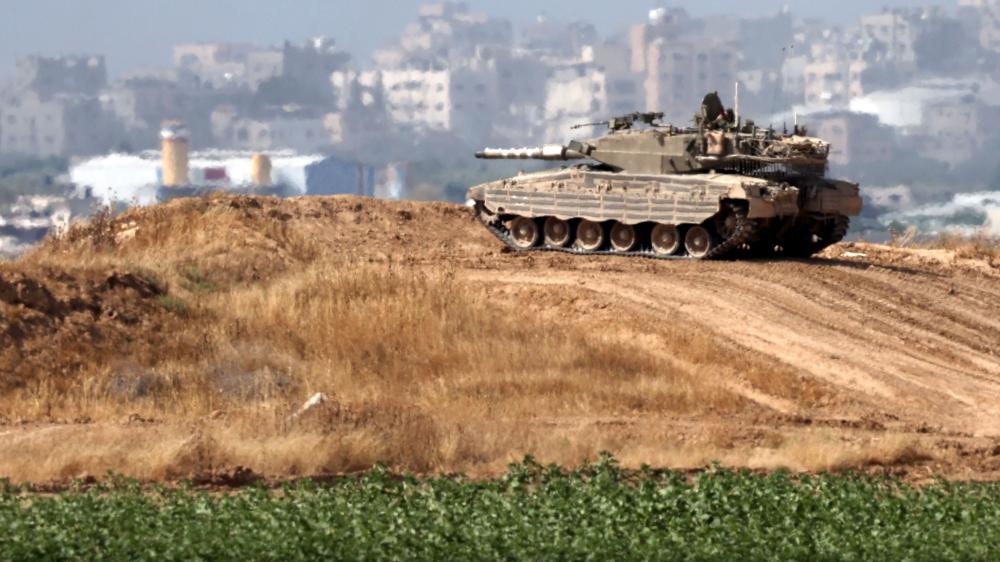Understanding the Dynamics of USD to PKR Exchange Rate
The exchange rate between the US Dollar (USD) and the Pakistani Rupee (PKR) holds significant importance in global financial markets, particularly for individuals and businesses involved in international trade and finance. The exchange rate represents the value of one currency in terms of another and is subject to fluctuations influenced by various economic factors.
Factors Influencing Fluctuations
Several factors contribute to the fluctuations in the USD to PKR exchange rate:
- Macroeconomic Indicators: Economic indicators such as inflation rates, interest rates, GDP growth, and employment figures influence currency values. For instance, higher inflation in Pakistan relative to the United States may lead to a depreciation of the PKR against the USD.
- Trade Balance: The balance of trade between the two countries affects their respective currencies. If Pakistan imports more goods and services from the US than it exports, there will be greater demand for USD, leading to an appreciation of the USD relative to the PKR.
- Political Stability: Political stability or instability in either country can impact investor confidence and currency values. Uncertainty or unrest in Pakistan may lead to a depreciation of the PKR as investors seek safer assets denominated in USD.
- Monetary Policy: Actions taken by the Federal Reserve in the US and the State Bank of Pakistan to regulate money supply, interest rates, and inflation also influence exchange rates. For example, a tightening of monetary policy in the US may strengthen the USD relative to the PKR.
- Global Economic Conditions: Events such as changes in oil prices, geopolitical tensions, and economic developments in other countries can have spill-over effects on the USD to PKR exchange rate.
Today Dollar Rate:
Current Trends in USD to PKR Exchange Rate
As of [current date], the USD to PKR exchange rate stands at [current exchange rate]. Here are some recent trends influencing the exchange rate:
- Impact of COVID-19 Pandemic: The COVID-19 pandemic has had profound effects on global economies, including Pakistan’s. The lockdown measures and economic disruptions have led to uncertainty and volatility in currency markets. While the USD initially strengthened against the PKR due to safe-haven demand, subsequent factors such as fiscal stimulus measures and vaccination campaigns have influenced fluctuations.
- Monetary Policy Decisions: The State Bank of Pakistan has been implementing monetary policy measures to support economic recovery and stabilize the PKR. Recent decisions regarding interest rates and liquidity management have influenced investor sentiment and the exchange rate.
- Trade Dynamics: Pakistan’s trade balance, particularly its imports of essential commodities such as oil, machinery, and electronics, continues to impact the demand for USD. Efforts to enhance export competitiveness and attract foreign investment play a crucial role in managing the exchange rate.
- Global Economic Outlook: Developments such as changes in US economic indicators, Federal Reserve policy decisions, and geopolitical tensions affect the USD to PKR exchange rate. Traders and investors closely monitor these factors for insights into future exchange rate movements.
Conclusion
The USD to PKR exchange rate is subject to various economic, political, and global factors, making it inherently volatile. Understanding these factors and their interplay is essential for businesses, investors, and policymakers to make informed decisions. While short-term fluctuations may occur, long-term trends in the exchange rate are influenced by fundamental economic fundamentals and policy actions. Keeping abreast of current developments and employing risk management strategies can help mitigate the impact of exchange rate fluctuations on financial portfolios and business operations.












Leave a Reply